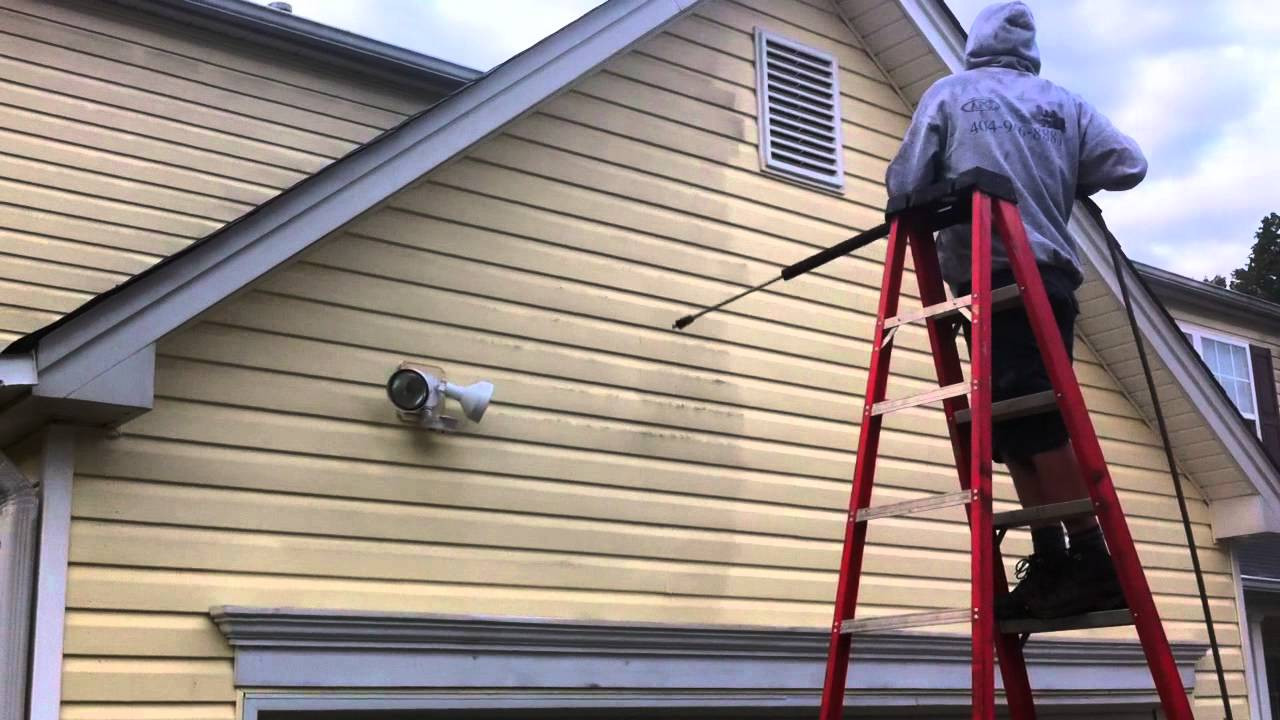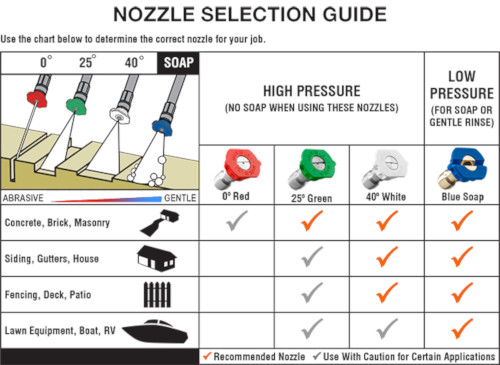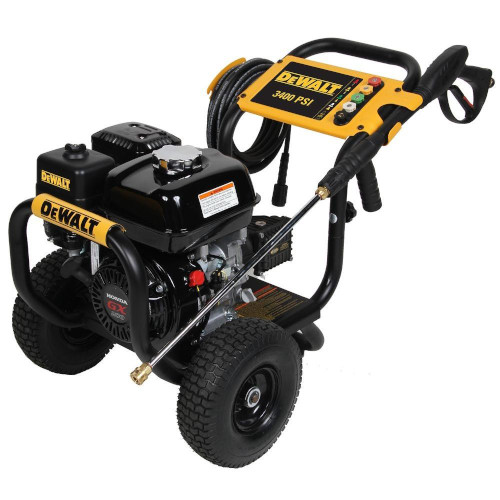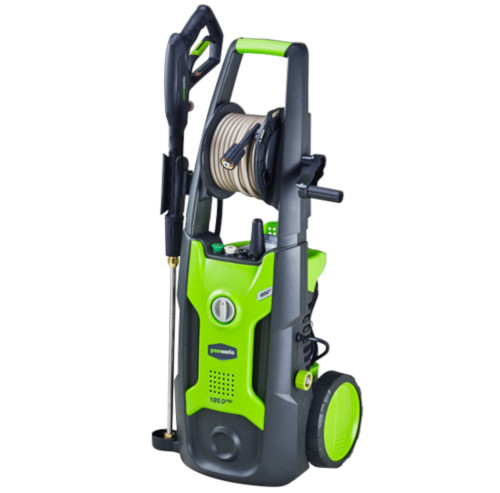
In the past decades, pressure washing has become a very popular cleaning method in most households. While a lot of cleaning jobs in our homes will mainly depend on using the right cleaning product. However, there are instances when vigorous scrubbing is not enough to remove stubborn stain, dirt, and grime.
Pressure washers are the right machine for this. They are versatile cleaning tools that can handle accumulated dirt on your home that has built up over time with little effort on your part.
Pressure washing is a great way of rejuvenating the exterior of your house and even old historic homes. A pressure washer can take on practically anything outdoors. You can use it to clean your deck, patio, car, and outdoor furniture. It’s also tough on oil stains and grease, making it the perfect equipment for taking care of your driveway.
These cleaning machines work dramatically and fast, and fun to use as well. Learn how to utilize one properly and make cleaning the exterior of your home a process that’s short and painless by following the tips we have here.

Techniques In Power Washing
Power washing is a messy job and can be dangerous if you don’t know what you’re doing. Although it can remove dirt and grime, it will not eliminate the mildew on decks and sidings, as well as strip off paint.
To ensure your safety and get the best cleaning results, it is essential to take ample time to prepare. If you’re a beginner at pressure washing, here are a few safety tips to keep in mind:
- Before handling any power washing job, make sure you are protected. Wear gloves, proper clothes, rubber boots to avoid slipping, as well as eye protection. High water pressure means that there’s a big possibility that water and debris may fly back at you. Also, use ear protection if using a gas power washer since it’s loud.
- Protect your plants by laying a tarp over them.
- Once you’re confident and comfortable with the machine, securely hold its wand with both of your hands so that it will not fly out of your grip.
- The spray tip should be kept at least 18 inches away from the area or surface you will clean to ensure damage is minimized.
- The wand should be held at a 45-degree angle to the exterior siding.
- Clean in smaller sections at a time and work your way from bottom to prevent streaks from forming.
- Use overlapping and long strokes for even cleaning.
- When rinsing the siding of your home, work from top to bottom.
- Avoid spraying your windows since they may break from the high water pressure.

Electric Or Gas: Which Is The Right Pressure Washer For You?
A power washer uses a pump for increasing the pressure of water that’s flowing through the hose attached to it. Its pump is powered either by gas or electricity. Here are the pros and cons of gas and electric pressure washers to help you choose which one will work best for your needs.
Gas Pressure Washer

Pros:
- It has more power. The levels of GPM and PSI it can generate is wider.
- Cleans quicker and are more efficient than electric-powered washers.
- They are cordless, which means you will not be limited with regards to your work surface.
Cons:
- Needs regular maintenance and have to change its oil all the time.
- If you will restore it for longer periods, you need to use the right fuel additive.
- It’s quite noisy and heavy.
- It produces emissions, so it’s not ideal to use indoors or covered spaces.
Electric Pressure Washer

Pros:
- Does not release harmful emissions and may be used indoors.
- Easier to store and maintain, and there’s no need for you to change the oil.
- It’s lighter, quieter, and cheaper.
Cons:
- It’s not as powerful as gas-powered washers.
- Not suitable for cleaning large surfaces.
- It’s not as portable since it requires a power outlet. You will be limited to the length of its power cord.
In addition to choosing which type of pressure you need, you also have to consider about its engine size. Basically, their engine size is categorized as:
- Light duty. Can generate less than 2,000 PSI and ideal for occasional light outdoor cleaning of outdoor furniture and small patios or decks.
- Medium duty. Recommended for cleaning fences, driveways, sidings, and other smaller jobs.
- Heavy duty. Its pressure level range from 2,900 to 3,300 PSI. It’s great for large concrete surfaces and reaching a second story.
- Extra heavy. These pressure washers are the ones used by professional cleaning companies.
Choosing The Right Nozzles
Choosing the right nozzles and tips will make your power washer more efficient. Nozzles determine the water stream’s angle which is important because it will have an effect on what the water stream can do.
Fortunately, the color code of the power washer is universal. Here’s what you need to know about them:
- Red. At zero degrees, this is the narrowest angle. Use this tip with care since it produces a water stream that can potentially do some damage on surfaces.
- Yellow. Produces a 15-degree angle spray and works well with concrete surfaces.
- Green. Ideal for all-around pressure washing of your home. It creates a spray of 25-degrees and perfect for washing your car and getting rid of accumulated dirt on your deck and outdoor furniture.
- White. This nozzle has a 40-degree angle spray which makes it very user-friendly. It’s the perfect tip for cleaning sidings and windows.
- Black. The gentlest tip that creates a spray of 65-degrees angle. It’s ideal at wetting your work surface and will not get rid of stains and dirt.